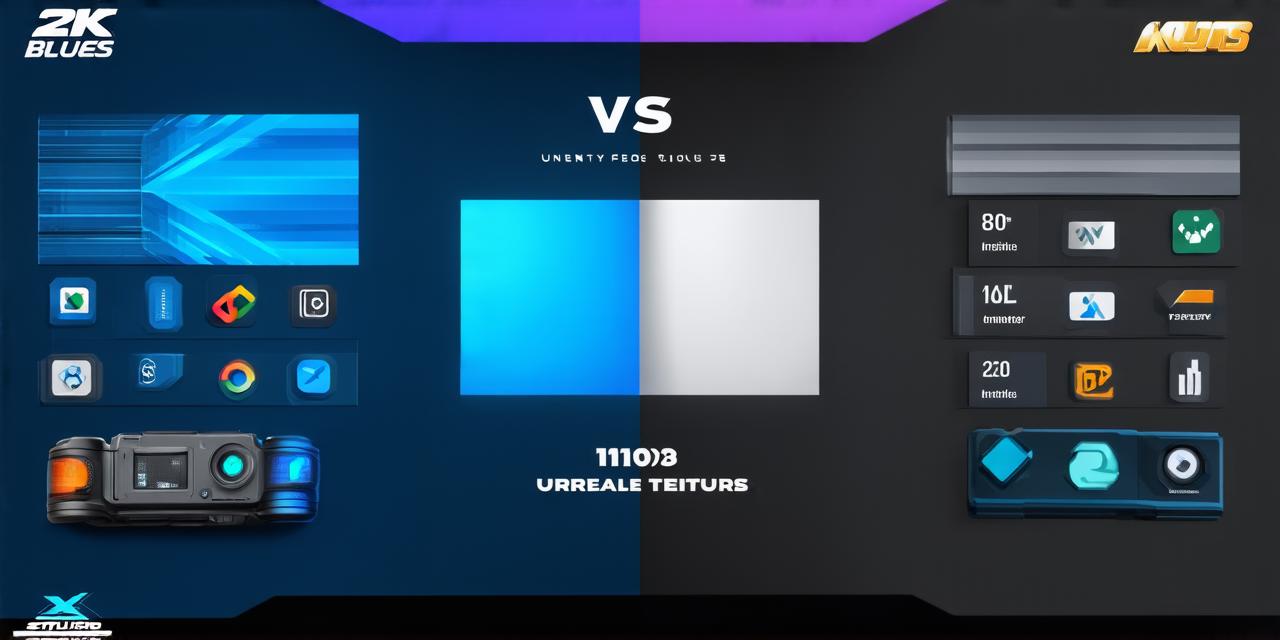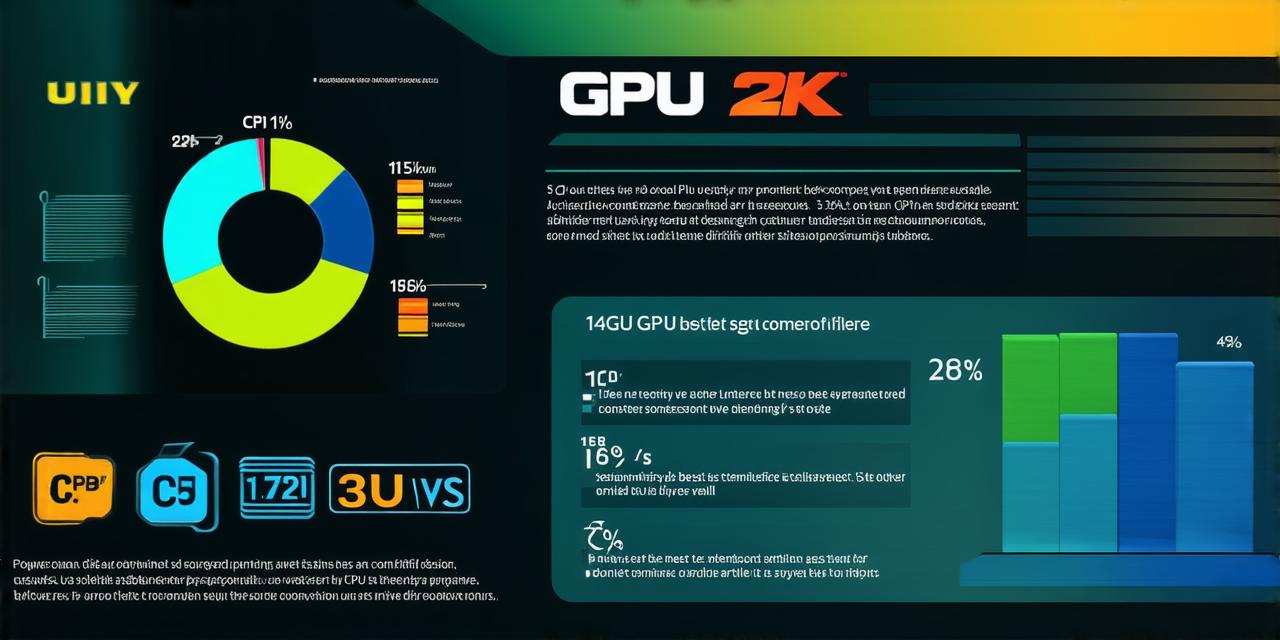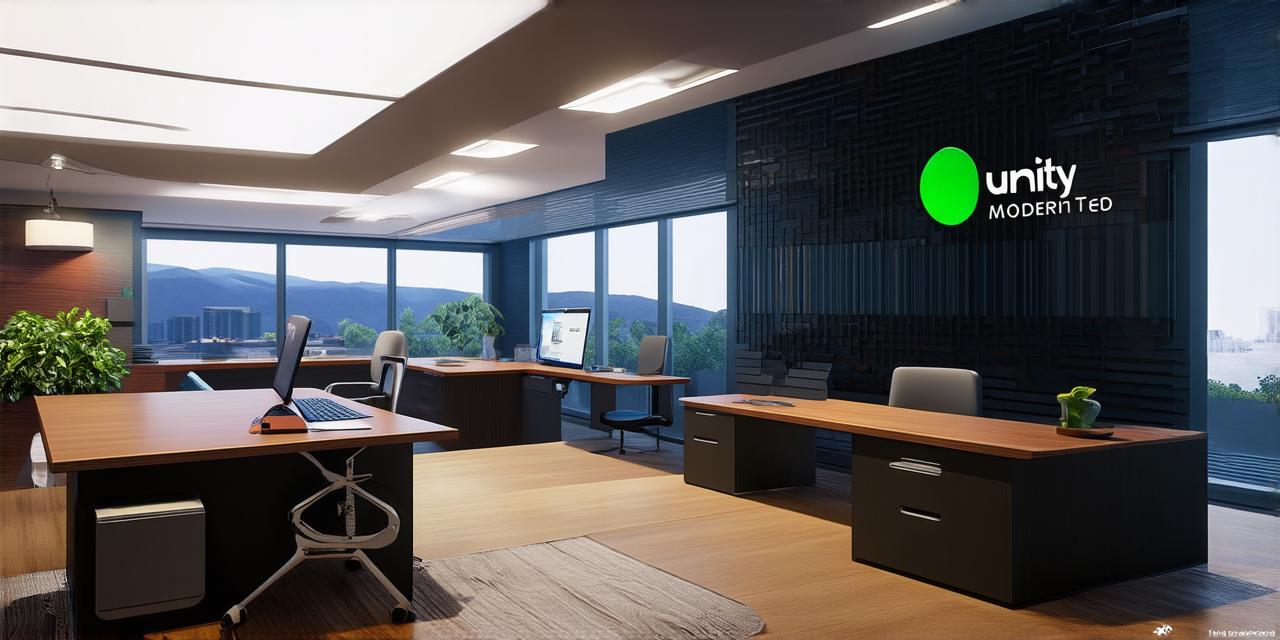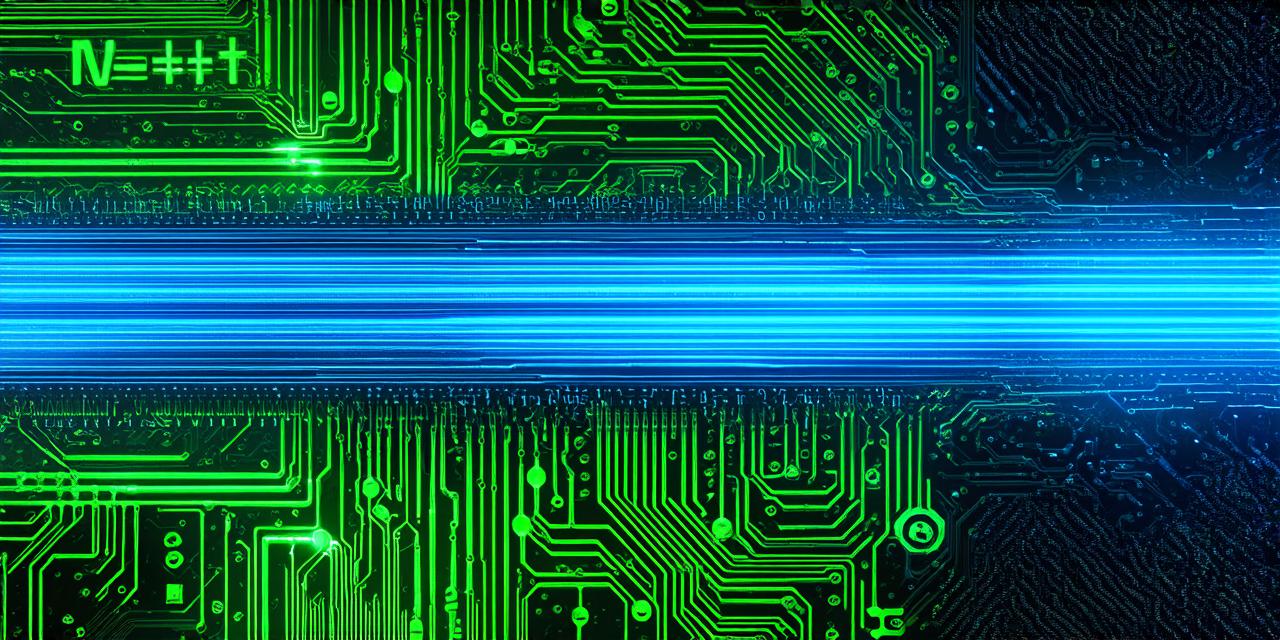Unity is a popular game engine used by developers for both 2D and 3D game creation. While Unity’s primary focus is on 3D, it also has robust 2D capabilities that allow developers to create games and applications with flat graphics.
One of the main reasons why Unity is so popular among developers is its flexibility and versatility. It offers a wide range of tools and features that can be used for both 2D and 3D development, making it a great choice for game designers who want to create games with different types of graphics.
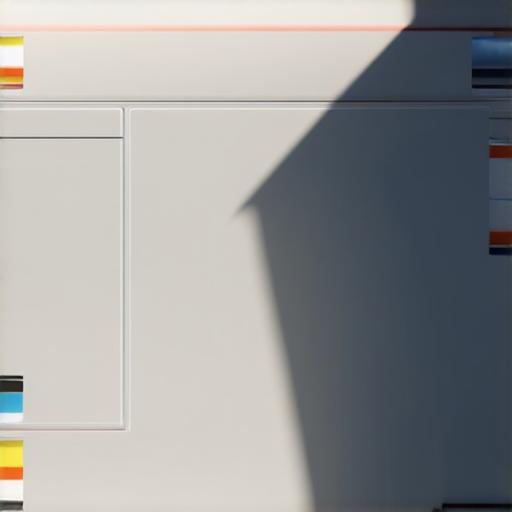
In terms of 2D development, Unity provides developers with the ability to create 2D scenes using the same tools and workflow as they would for 3D. This includes creating sprites, animations, and other 2D assets that can be used in games and applications.
Unity also has a built-in physics engine that works well for both 2D and 3D development. This allows developers to create realistic physics simulations for their games, including gravity, collisions, and other types of interactions between objects.
In addition, Unity supports both 2D and 3D graphics rendering, making it possible to create games with a mix of flat and three-dimensional art. This can be useful for creating games that feature both 2D backgrounds and 3D characters or objects.
While Unity’s primary focus is on 3D development, it also has strong 2D capabilities that make it a versatile tool for game designers. Whether you are looking to create a 2D platformer, a side-scrolling shooter, or a puzzle game, Unity provides the tools and features you need to bring your ideas to life.

